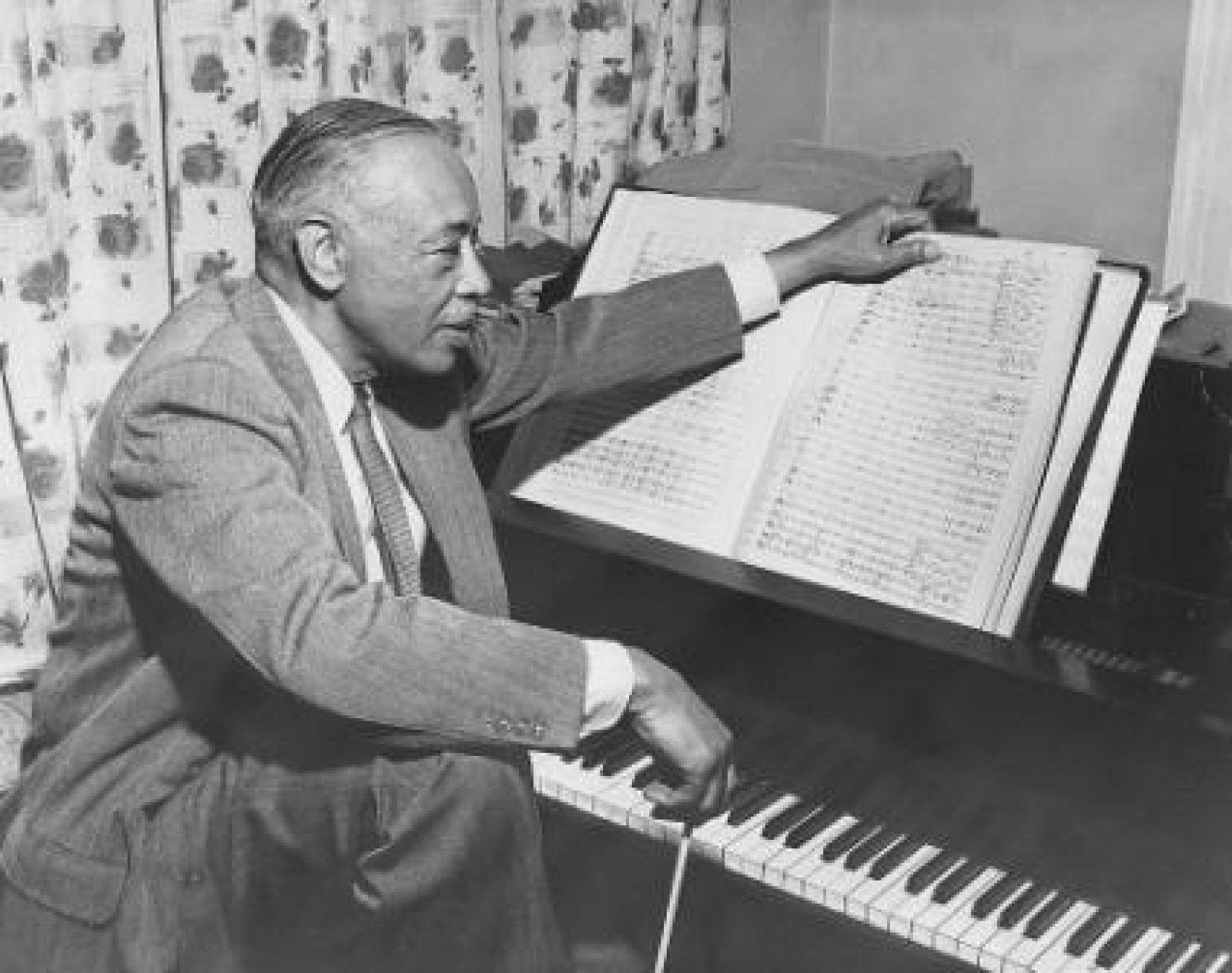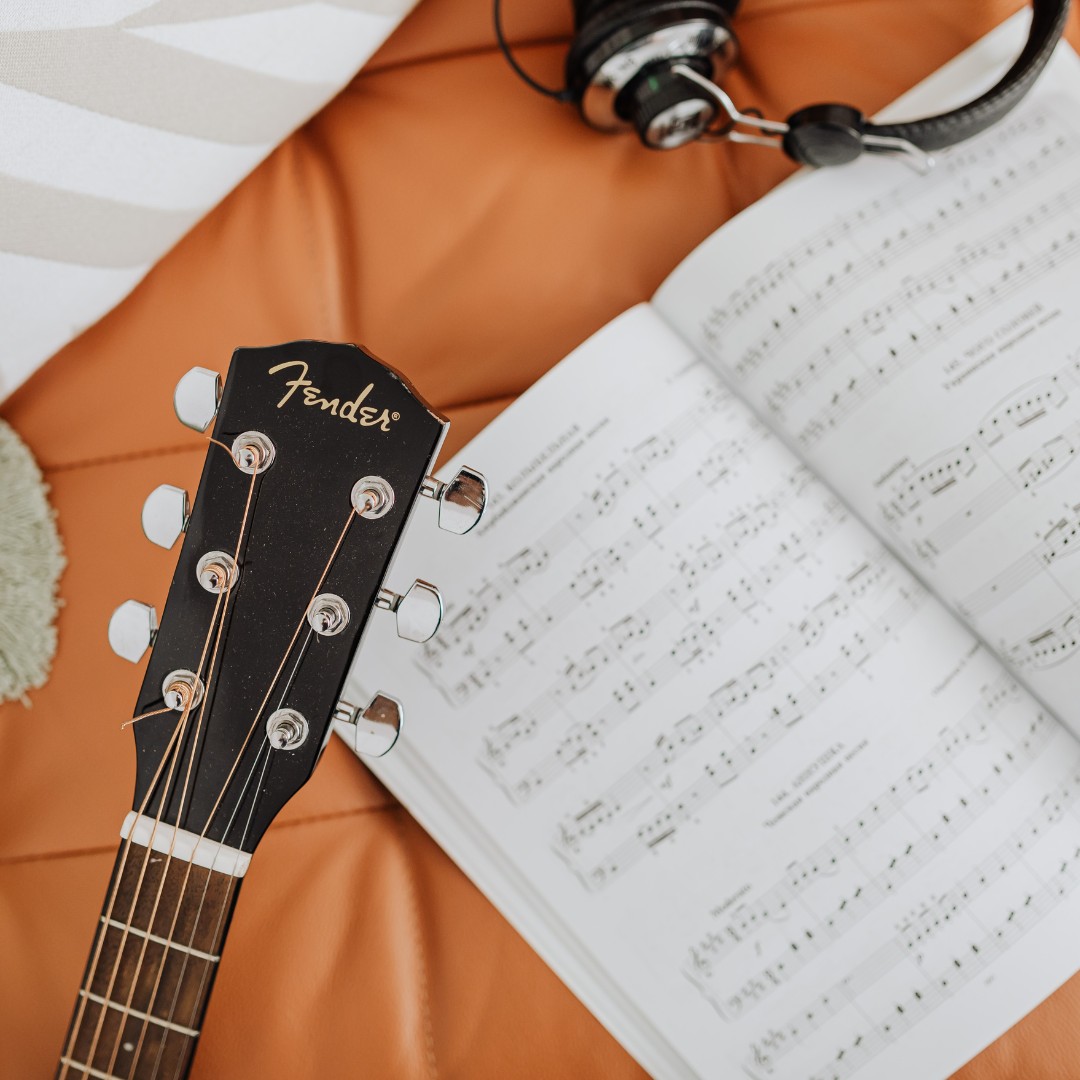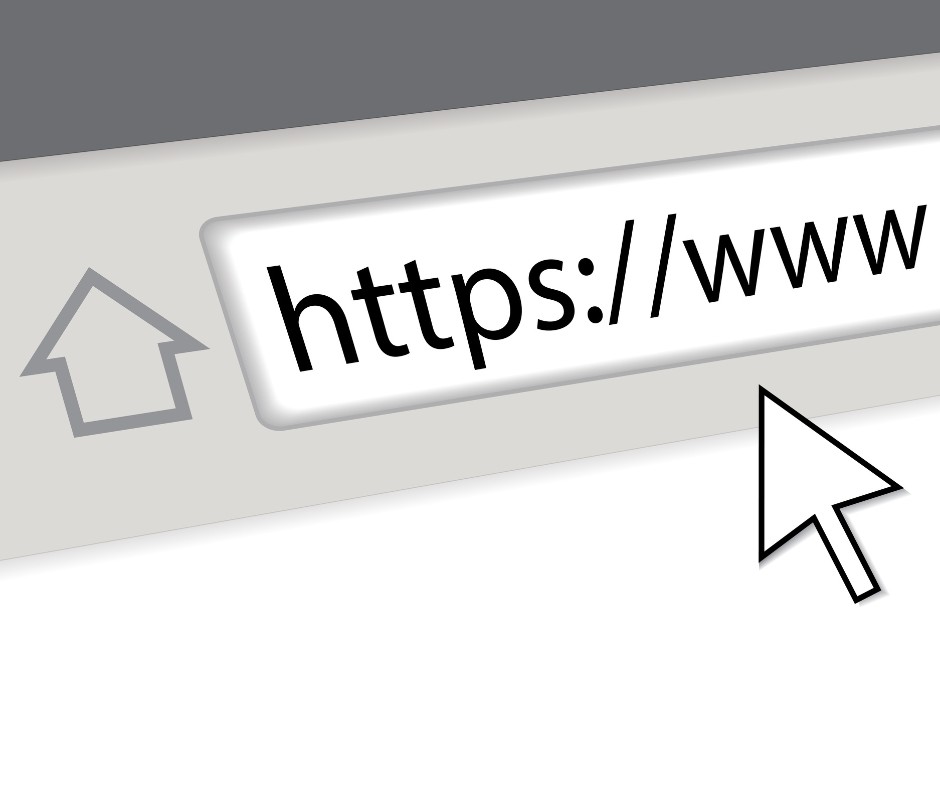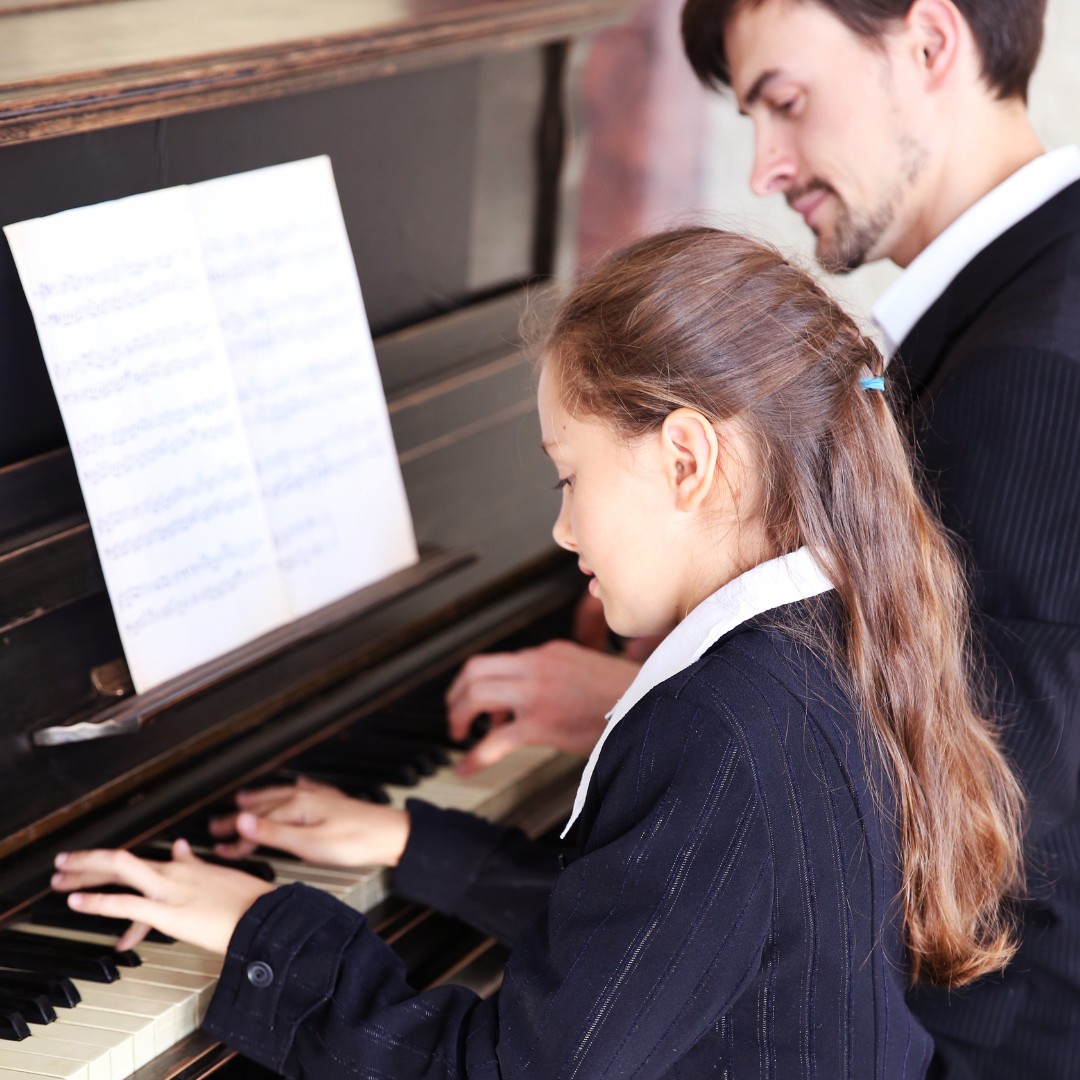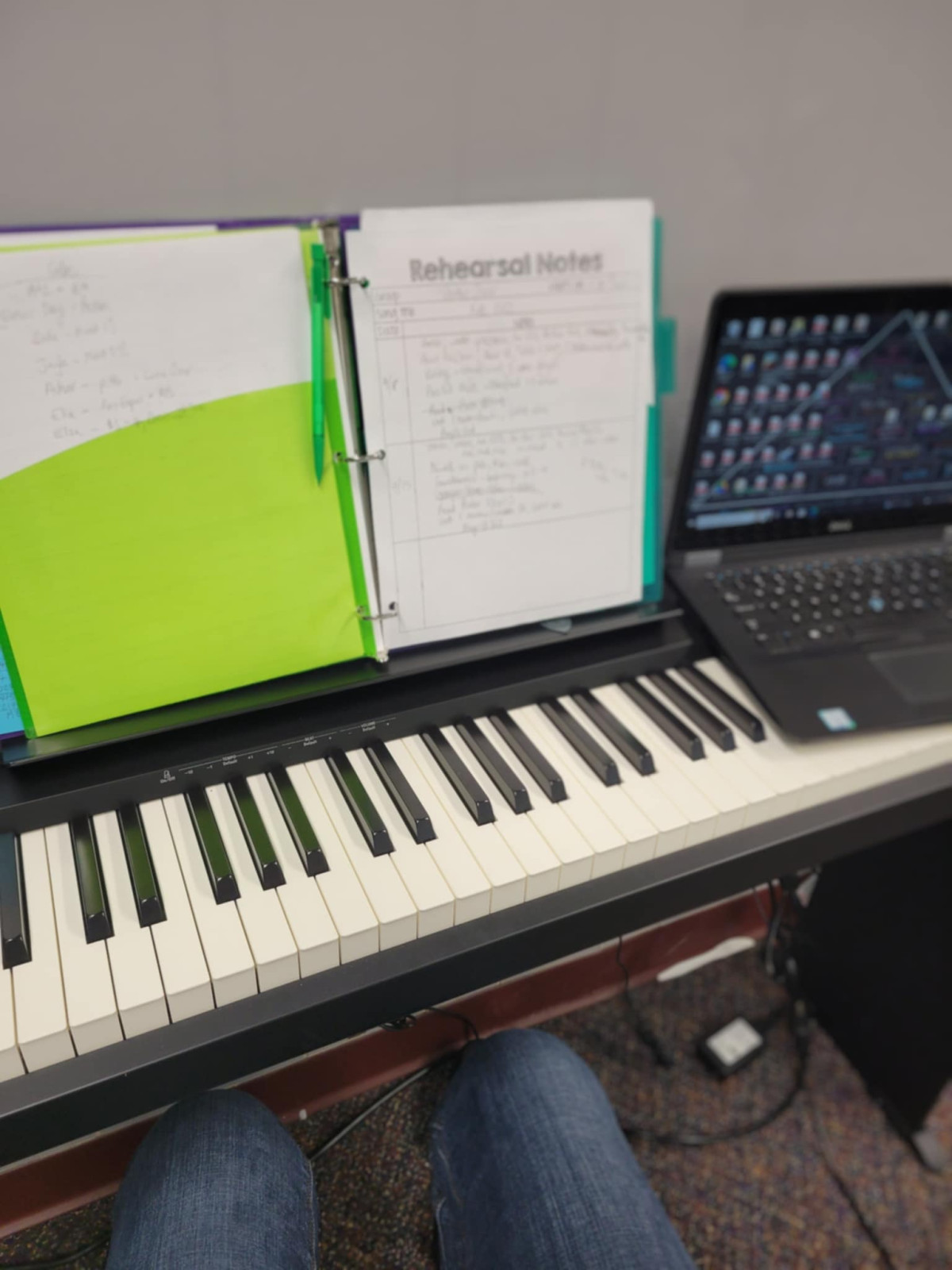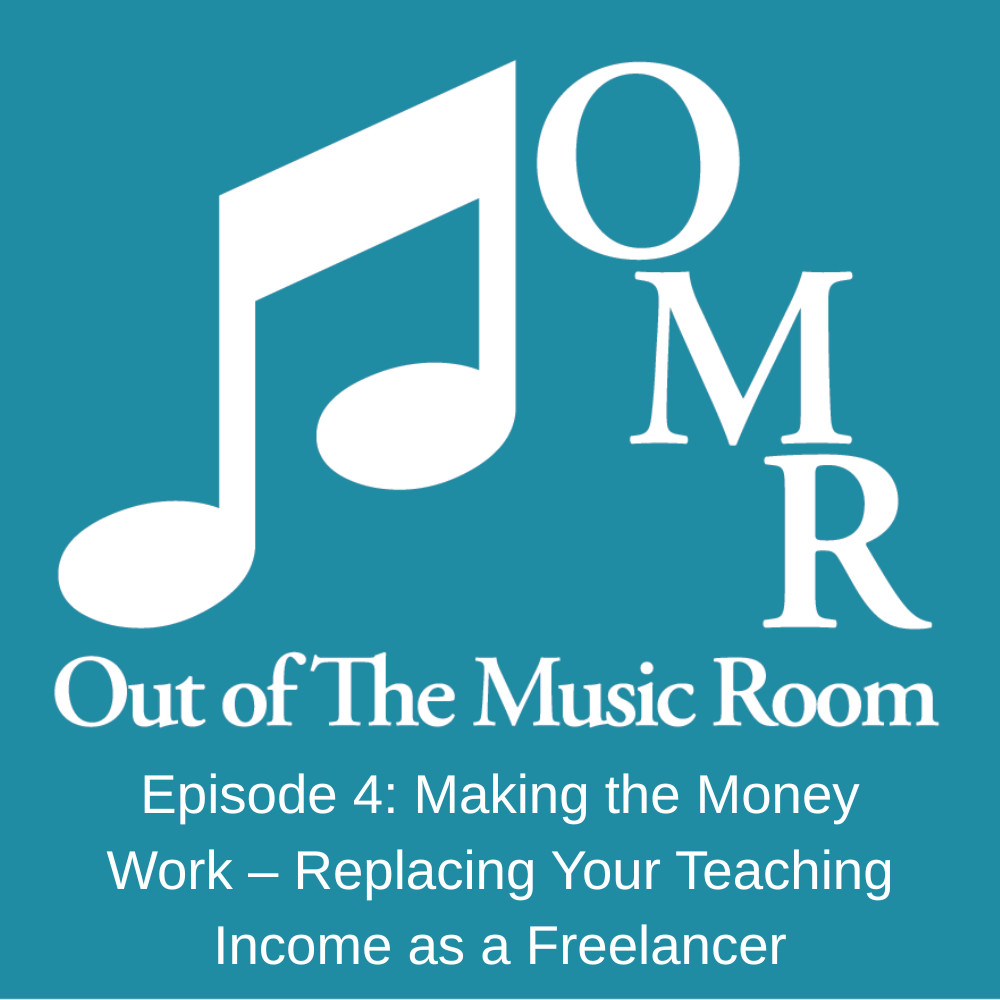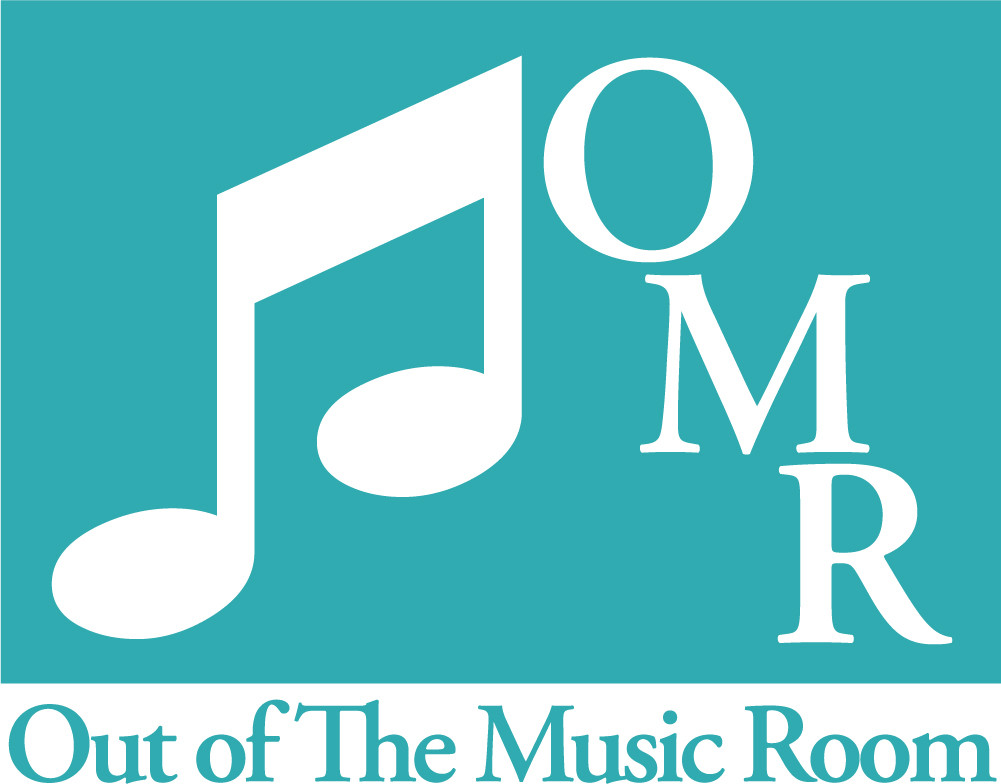
Are you someone who thinks classical music is not your cup of tea? As a music teacher and a mama, I encourage you to give those beautiful symphonies and concertos another chance. Here are 10 tips that may help you change your perspective on classical music.
1. Start with Familiar Pieces
2. Listen Actively
3. Explore Different Composers
4. Use Online Resources
5. Attend Live Performances

6. Listen Repeatedly
7. Learn About the Music
8. Find Your Angle of Hearing
9. Engage Through Multiple Mediums
10. Be Patient and Open-Minded
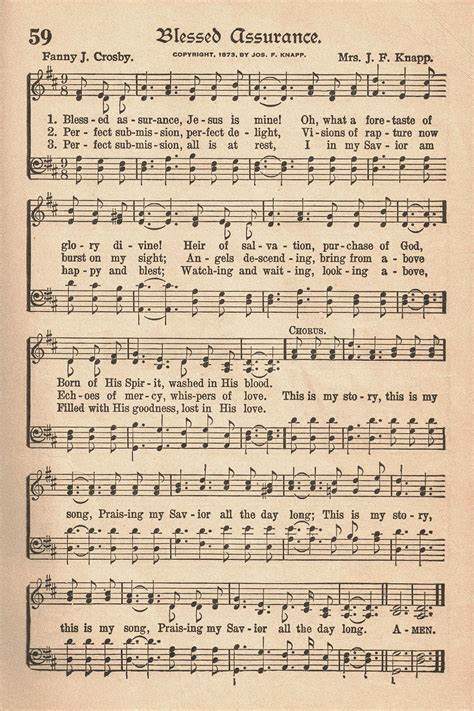
Why Study Hymns?
- Gain historical insights
- Deepen your theological understanding
- Enhance your worship experience
- Connect with generations of believers
How to Study Hymns: A Step-by-Step Approach
1. Choose Your Hymn
2. Explore the Historical Context
- What was happening in the world at that time?
- What was the author's personal story?
3. Analyze the Lyrics
- Biblical references
- Poetic devices
- Recurring themes
4. Examine the Music
- How does the tune complement the lyrics?
- Are there any unique musical features?
5. Reflect and Apply
6. Sing and Share
Tools for Hymn Study
- Hymnals with historical notes (this one is my all-time favorite for connecting Scripture and the Gospel to worship for use with kids!)
- Online hymn databases
- Commentaries on hymns (I've linked some books below that may be a helpful place to start!)
- Recordings of different performances
The Benefits of Regular Hymn Study
- Enrich your spiritual life
- Broaden your musical appreciation
- Connect you with Christian heritage
- Provide comfort and inspiration in difficult times
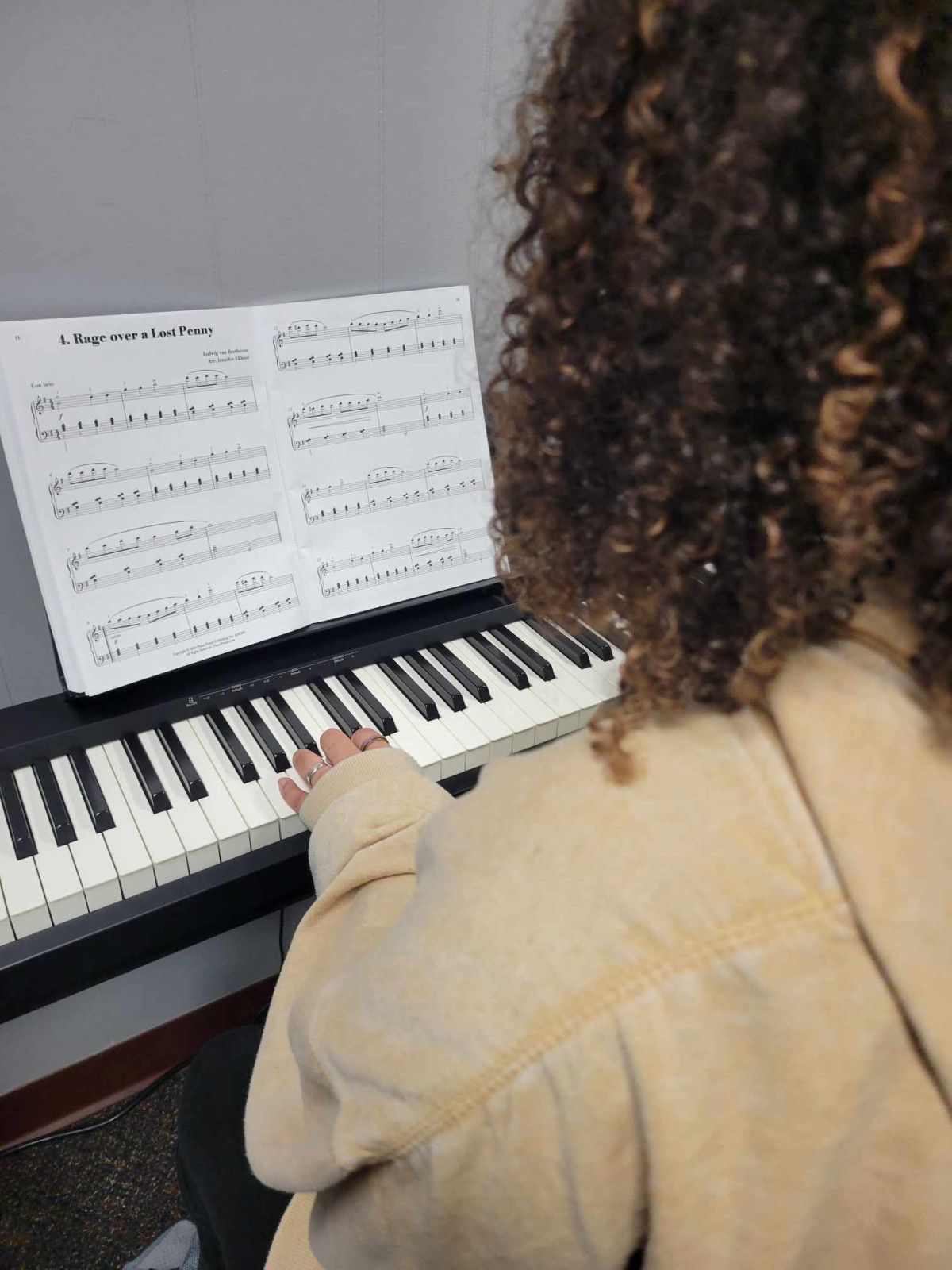
The Power of Music in Emotional Development
How Music Affects the Brain
Using Music for Emotional Expression
- Songwriting: Encourage children to write their own songs about their feelings. This creative process allows them to explore and articulate their emotions in a safe, structured way.
- Musical Journaling: Suggest that children keep a "musical journal" where they associate different songs with various emotions or experiences.
- Mood Playlists: Help children create playlists for different moods, teaching them to recognize and manage their emotions through music selection.
Music as a Calming Tool
Techniques for Using Music to Calm
- Deep Breathing with Music: Teach children to synchronize their breathing with slow, calming music to reduce anxiety and stress.
- Musical Mindfulness: Guide children through mindfulness exercises accompanied by soothing background music to promote relaxation and focus.
- Instrument Play: Encourage children to play simple instruments like drums or xylophones as a way to release pent-up emotions and energy.
Incorporating Music into Daily Routines
- Morning Music: Start the day with upbeat, energizing music to set a positive tone. Consider a dance party while getting dressed or brushing teeth!
- Transition Tunes: Use specific songs to signal transitions between activities, helping children manage changes in their routine. This might be my favorite. :)
- Bedtime Lullabies: End the day with calming music to promote relaxation and better sleep.
The Role of Music Education
- Boost self-esteem and confidence
- Teach patience and perseverance
- Provide a healthy outlet for self-expression
- Improve social skills through group collaboration
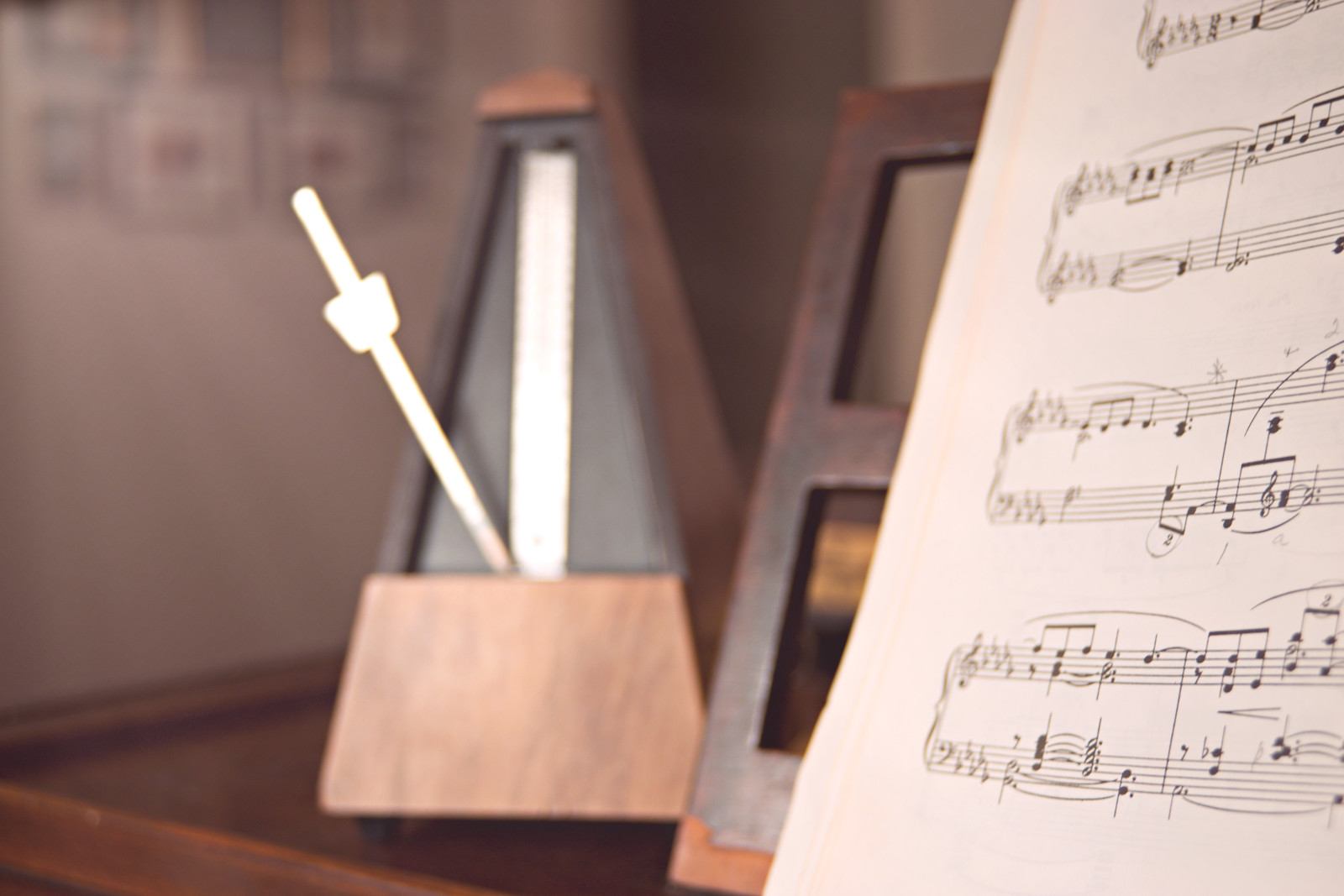
Understanding the Context: What Was Happening When the Hymn Was Written?
- What was happening in history at the time?
- What was the culture like?
- What was going on in churches and religion?
- What was the songwriter's life like?
Example: "Amazing Grace" by John Newton
Looking at the Lyrics: What Do the Words Really Mean?
- Read each verse carefully and think about what it's saying
- Look for repeated ideas or symbols
- See if you can spot any Bible references
- Think about the main message of the whole song
Example: "How Great Thou Art" by Carl Boberg
Listening to the Music: More Than Just a Nice Tune
- Pay attention to the melody and how the harmonies work
- Notice how the music fits with the words
- Listen to different versions of the same hymn
- Look at how the song is put together
Learning the History: The Story Behind the Song
- Read about the people who wrote the hymns
- Find out what inspired them to write
- Look into why certain hymns became popular
- See how hymns have changed over time
Reflecting on the Hymn: Making It Personal
- Thinking quietly about what the hymn means to you
- Letting the words sink in and affect how you feel
- Singing or playing the hymn yourself
- Using hymns as part of your personal worship time
Wrapping Up: Getting the Most Out of Hymns
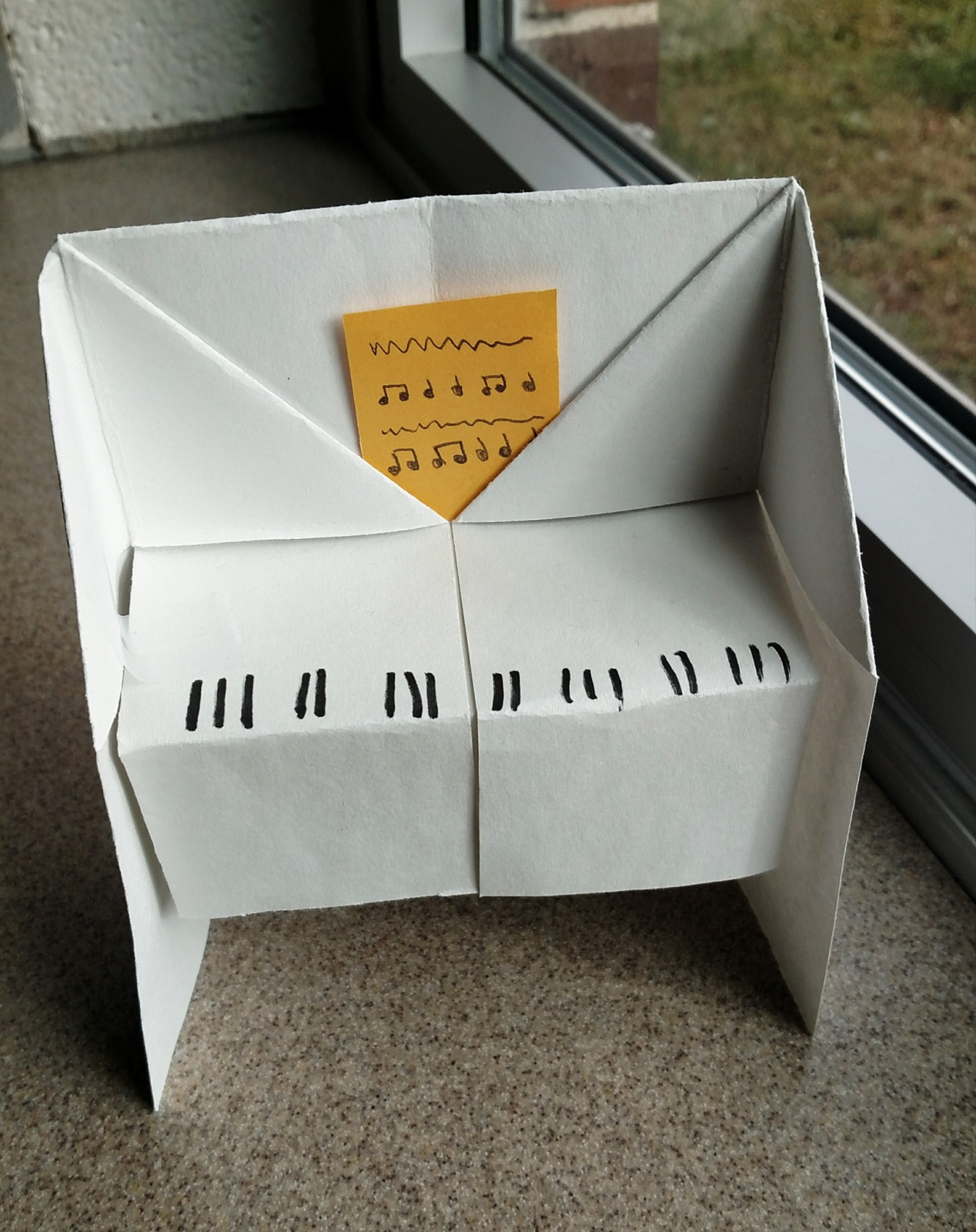
The Power of Music
Choosing the Right Music
Classical Music
- Mozart’s “Piano Concerto No. 21”: A beautiful, calming piece that soothes the soul.
- Beethoven’s “Moonlight Sonata”: Its gentle and flowing melodies create a peaceful ambiance.
- Bach’s “Air on the G String”: Perfect for creating a serene and relaxing environment.
Ambient Music
- Brian Eno’s “Music for Airports”: An iconic ambient album perfect for relaxation.
- Moby’s “Long Ambients 1: Calm. Sleep.”: Specifically designed to aid in sleep and relaxation.
- Aphex Twin’s “Selected Ambient Works Volume II”: A collection of deeply soothing ambient tracks. (I don't really like these personally, but that's okay! Each person can find their own most calming music!)
Nature Sounds
- “Ocean Waves: Nature Sounds for Relaxation”: Ideal for creating a calming seaside atmosphere.
- “Rainforest Sounds”: Brings the serene sounds of a lush forest to your home.
- “Thunderstorm Sounds”: Perfect for those who find the sound of rain and thunder soothing.
Acoustic and Instrumental
- Ludovico Einaudi’s “Nuvole Bianche”: A hauntingly beautiful piano piece.
- Acoustic Alchemy’s “The Beautiful Game”: Smooth and relaxing acoustic guitar.
- Yiruma’s “River Flows in You”: A gentle and calming piano melody.
Chillout and Downtempo
- Bonobo’s “Black Sands”: A mix of electronic and acoustic elements for a relaxing experience.
- Zero 7’s “In the Waiting Line”: A soothing downtempo track perfect for relaxation.
- Thievery Corporation’s “The Richest Man in Babylon”: A chillout track with a world music influence.
Creating a Musical Sanctuary
Benefits for the Whole Family
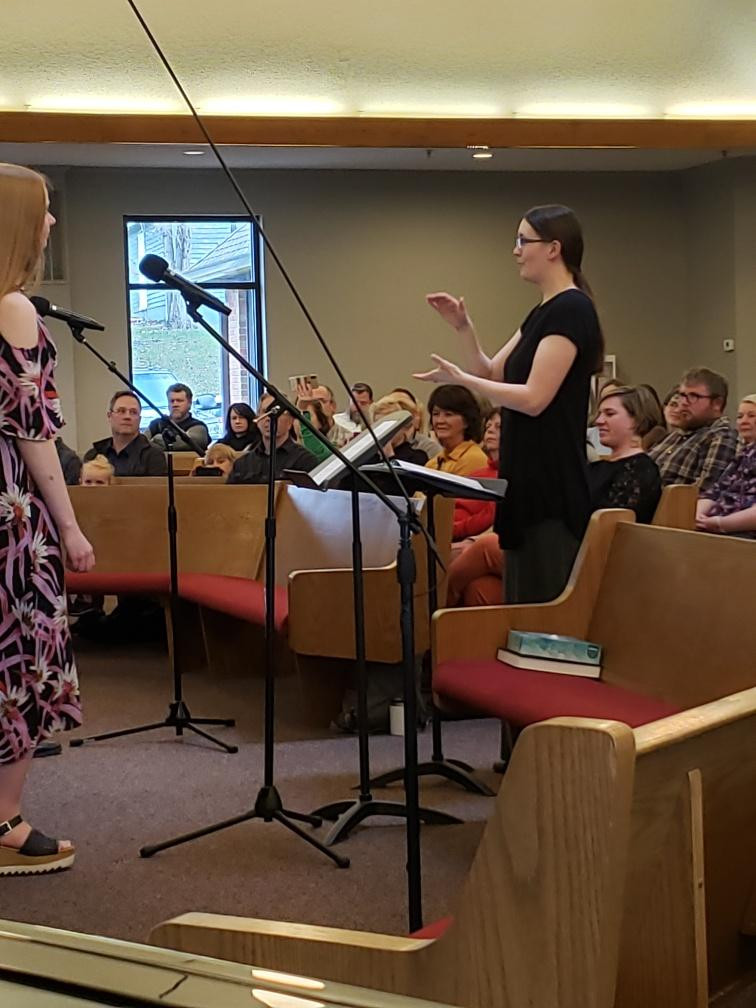
1. Recognize and Acknowledge Burnout
- Constant fatigue and lack of energy
- Decreased motivation and job satisfaction
- Increased irritability with students or colleagues
- Difficulty concentrating or being creative in lessons
- Physical symptoms like headaches or insomnia
2. Prioritize Self-Care and Work-Life Balance
- Establish clear boundaries between work and personal life
- Prioritize sleep and maintain a healthy diet
- Exercise regularly to reduce stress
- Engage in activities you enjoy outside of work
- Practice mindfulness or meditation to manage stress
- Make a list of all your responsibilities
- Categorize tasks into "Must-Do," "Delegate," and "May-Do"
- Focus on high-impact activities that directly benefit your program
- Delegate tasks when possible to parents or students or colleagues to lighten your load
- Consider eliminating or postponing low-priority items
3. Seek Support and Build a Community
- Join professional organizations for music educators
- Participate in online forums or social media groups for music teachers
- Attend conferences or workshops to network and gain new ideas & reignite passion
4. Explore Flexible Teaching Options
Private Lessons
- Set up a home studio or teach online
- Choose your own hours and student load
- Focus on one-on-one instruction in your preferred instruments or areas
Community Music Programs
- Lead a community choir or instrumental group
- Work with motivated adult learners
- Organize performances and events on a more relaxed schedule
Homeschool Music Instruction
- Offer music classes or lessons to homeschool groups
- Create a flexible schedule that works for you and your students
- Tailor curriculum to individual needs and interests
Online Music Education
- Create and sell educational resources
- Offer virtual workshops or masterclasses
- Develop a YouTube channel or podcast focused on music education
- Start by taking on a few freelance projects while still teaching
- Build a portfolio of your work and skills
- Hire a coach who is knowledgeable, successful at doing this transition in the same way you would like to do it, and has a system
- Network with potential clients and other freelance music educators
- Gradually reduce your teaching hours as your freelance work grows, if possible
- Develop business skills necessary for successful freelancing, such as marketing and financial management. Check out HBR for a great, lifetime access & updates business course!

1. JW Pepper
2. Sheet Music Plus
3. Musicnotes
4. Choral Public Domain Library (CPDL)
5. Hal Leonard
6. Oxford University Press
7. Boosey & Hawkes
8. Carl Fischer Music
9. Edition Peters
10. Independent Individual Composers' Websites

Establishing Consistent Practice
Cultivating Confidence Through Singing
Exploring "Living Songtales" and Hymn Study
Additional Ideas for Musical Exploration
- Music Appreciation: Delve into various musical genres and styles through listening sessions and discussions, cultivating an appreciation for diverse forms of artistic expression.
- DIY Instrument Projects: Engage in hands-on learning by constructing homemade instruments using household materials, fostering creativity and resourcefulness.
- Musical Games and Activities: Infuse playfulness into daily life with interactive games and activities designed to reinforce musical concepts and skills. Here's many ideas!
- Family Music Making: Foster a sense of unity and collaboration by organizing family jam sessions or family sing alongs, providing an opportunity for each member to showcase their musical talents in a supportive environment. Even if family members do not feel they have talents in this area, the goal is communal music-making, not the skill level of the music-making itself. We do value excellence! But we value community and shared experience more here (just like we do with corporate worship... more on that later!).
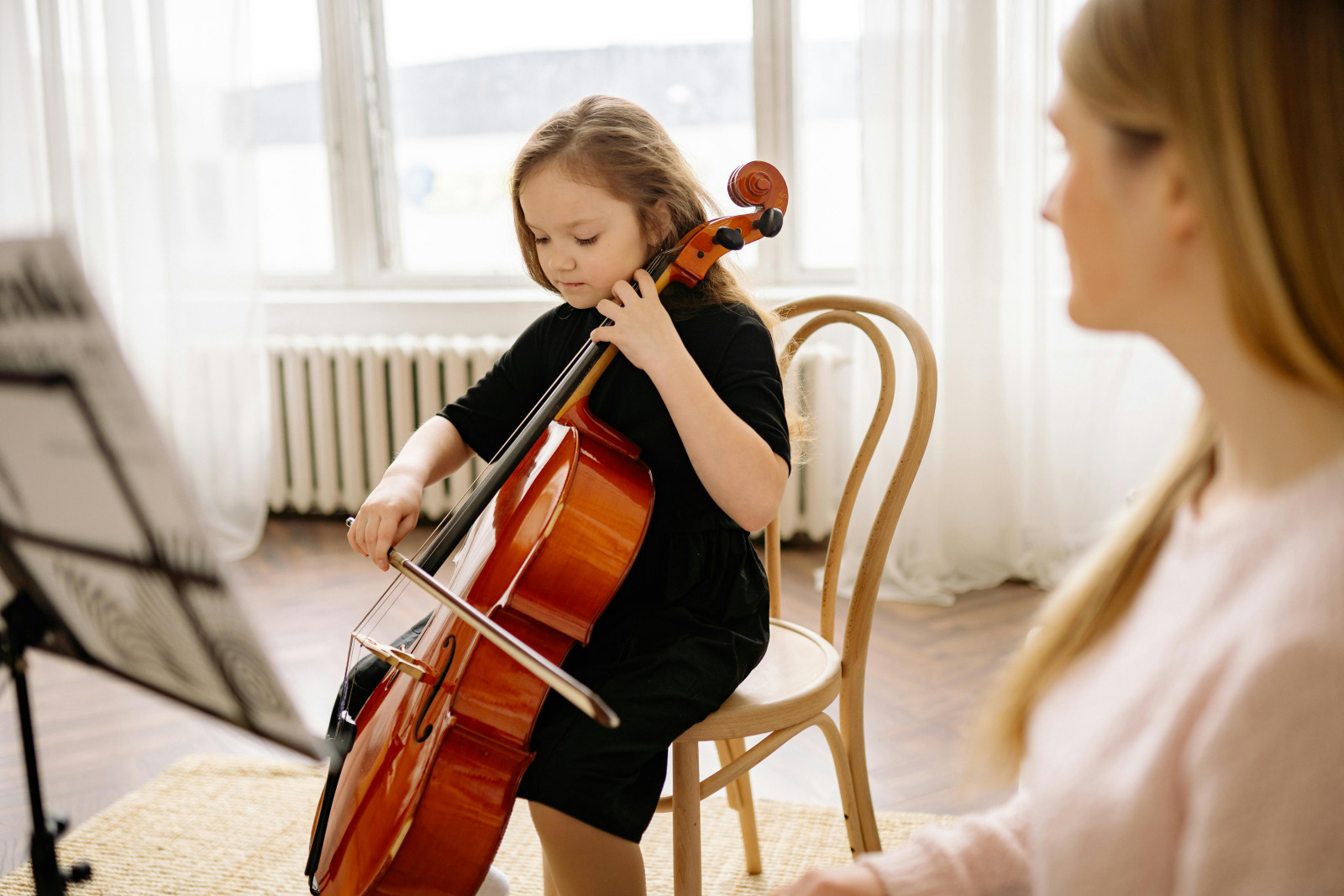
Becoming Tuneful:
Becoming Beatful:
Becoming Artful:
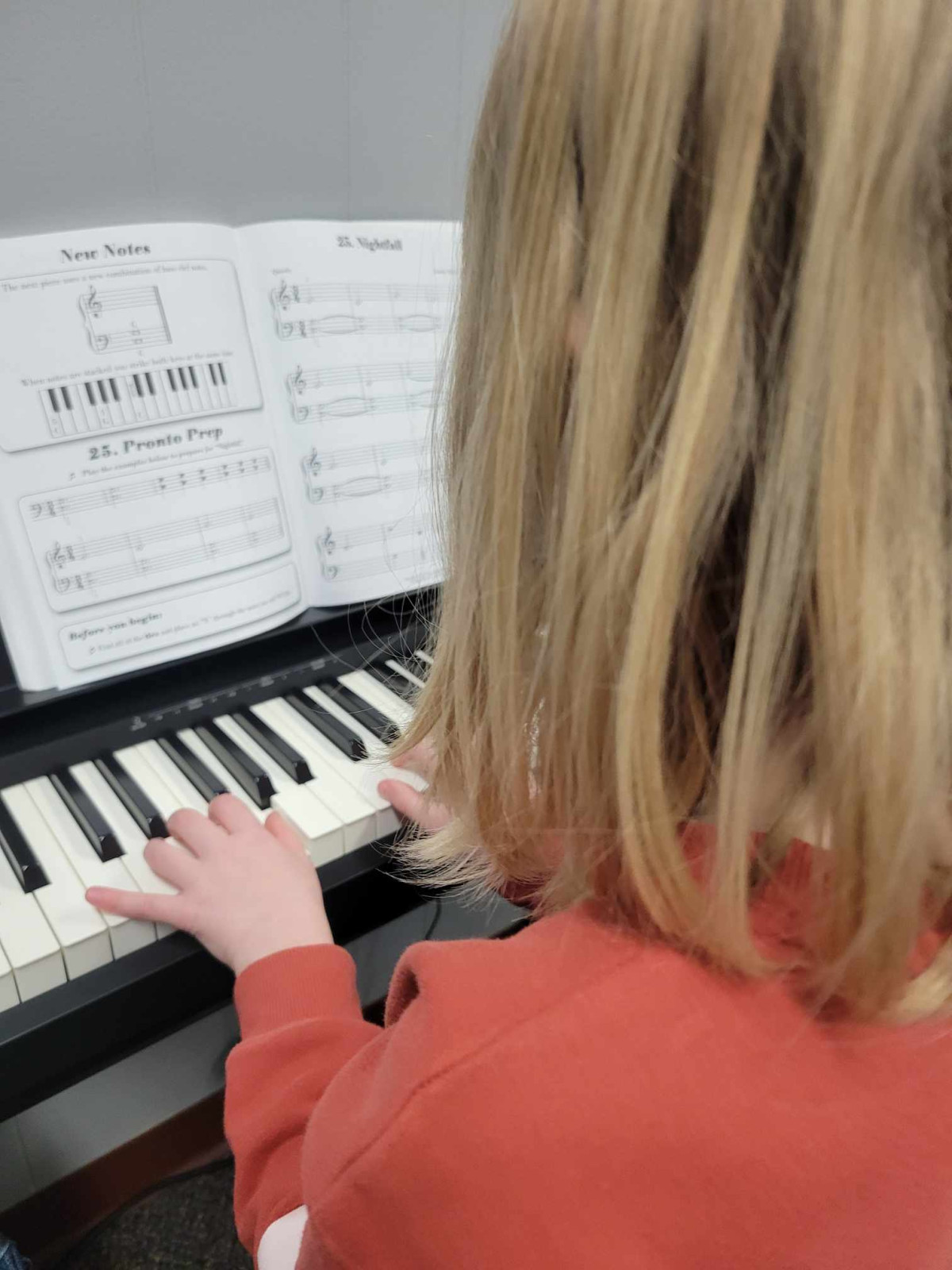
- Cognitive Development: Music's Impact on Learning Music education is integral to classical homeschooling for its role in enhancing cognitive abilities. From improving memory and attention span to sharpening auditory discrimination skills, studying music provides a well-rounded cognitive workout, supporting critical thinking and analytical skills as well as literacy and poetic understanding especially in the early years. Dr. John Feierabend says this is why learning to create music, not just learning about music, is so important especially in ages birth-age 8. Gaining knowledge about music, like memorizing Bach's birth year or mnemonic devices for note names, primarily utilizes one's linguistic intelligence. While this information is certainly useful, it doesn't necessarily lead to a deep understanding of music. True musical intelligence involves the development of neural pathways for musical thinking early in life. This foundational understanding is crucial for later learning to have genuine musical significance. Once our minds establish pathways for understanding, it becomes difficult to alter our perception. Individuals who immerse themselves in music, learning songs and moving artfully to the steady beat, are better positioned to grasp musical notation and instrument playing later. Learning an instrument initially by ear, and then transitioning to reading notation, effectively enhances both skills. On the other hand, those who exclusively learn through notation without prior musical readiness may struggle to develop ear-playing abilities because they learned from a mathematical/linguistic lens first.
- Cultural Literacy: Embracing Musical Traditions Classical homeschooling values cultural literacy and historical understanding. Through exploring a wide variety of musical traditions, students gain insights into different cultures and time periods as well as various life experiences and perspectives. As Charlotte Mason said, "The child should be made familiar with and should be made to appreciate good music." This exposure enriches their educational journey and broadens their horizons.
- Emotional Intelligence: Music as a Tool for Growth Music plays a vital role in developing emotional intelligence within classical homeschooling. By engaging musically, students learn to recognize and manage their emotions. They learn and remember through stories set to music what they may not as easily otherwise. And instrumental music without words has a key role to play as well. As Charlotte Mason believed, "Music is one of the most forcible instruments for refining the feelings." This aspect of education fosters empathy, social-emotional growth, and self-awareness.
- Discipline and Perseverance: Building Habits through Music Learning to play a musical instrument requires discipline and perseverance, values cherished by Charlotte Mason homeschoolers. Through regular practice and overcoming challenges, students develop habits of diligence and self-mastery that extend beyond music into all areas of their lives.
- Creative Expression: Nurturing Individuality through Music In Charlotte Mason classical homeschooling, students are encouraged to express their creativity in learning. Music provides a platform for this expression, allowing students to compose, improvise, and interpret music in unique ways. By embracing their musical instincts, students become active participants in their artistic development.
- Community and Collaboration: Music's Role in Connection Music fosters community and collaboration, whether a child is singing with a group of people, learning turn-taking while playing instruments, or listening as a part of an audience to a collective performance. Students bond over their shared love of music. This sense of camaraderie strengthens relationships and promotes cooperation among peers.
In classical homeschooling, music education plays a pivotal role in enriching the educational experience. From cognitive development to emotional intelligence, music offers practical benefits and meaningful engagement with the world around them both present and past. By integrating music into the curriculum, educators empower students to excel academically and cultivate a lifelong appreciation for the arts. As Charlotte Mason believed, "The musical education of the child should be begun early; that is, the child should have begun to play and sing almost as soon as he can speak." Let us embrace the transformative power of music in classical education, guiding children on a journey of discovery and growth.
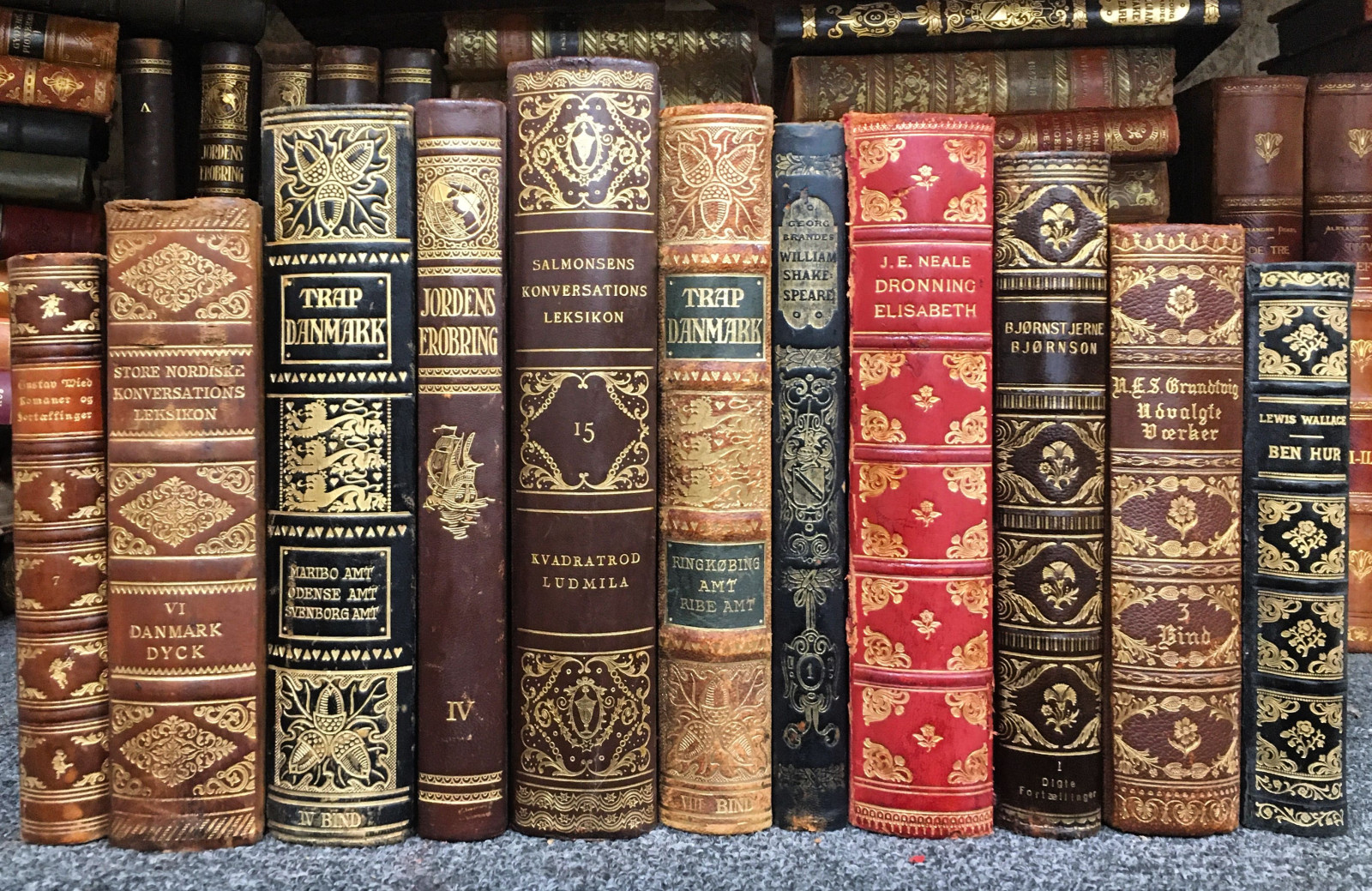
- The Language of Emotion: Literature and music serve as languages of emotion, each possessing the ability to evoke profound feelings and experiences. Just as a well-crafted novel transports readers to different realms of emotion, a beautifully composed piece of music has the power to stir the soul. Take, for instance, Ludwig van Beethoven's Symphony No. 9, whose triumphant finale, featuring Friedrich Schiller's "Ode to Joy," transcends language barriers to convey a universal message of joy and unity.
- Musical Storytelling: Music has a narrative quality that complements the storytelling prowess of literature. Composers often draw inspiration from literary works to create musical narratives that captivate audiences. An exemplary illustration is Sergei Prokofiev's "Romeo and Juliet," a ballet score that brings Shakespeare's timeless tale to life through emotive melodies and evocative orchestration.
- Inspired Creations: Literary masterpieces have long inspired composers to create enduring works of music. One such example is Pyotr Ilyich Tchaikovsky's "1812 Overture," which commemorates Russia's victory over Napoleon's army and draws inspiration from Leo Tolstoy's "War and Peace." Conversely, authors have also drawn inspiration from music, as seen in Virginia Woolf's novel "To the Lighthouse," where classical music serves as a central motif, shaping the characters' emotions and experiences.
- Shared Themes and Motifs: Themes such as love, loss, and redemption resonate deeply across both literature and music. Consider Gustav Mahler's Symphony No. 5, which navigates themes of love and mortality with poignant intensity, mirroring the emotional depth found in literary classics like Leo Tolstoy's "Anna Karenina." These shared themes serve as a bridge between the two art forms, enriching the human experience through their universal resonance.
- Collaborative Projects: Collaborative ventures between writers and musicians offer innovative ways to explore the intersection of literature and music. One notable example is Philip Glass's opera "Einstein on the Beach," a groundbreaking collaboration with playwright Robert Wilson that pushes the boundaries of traditional opera by incorporating minimalist music and non-linear storytelling.
